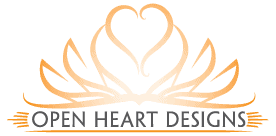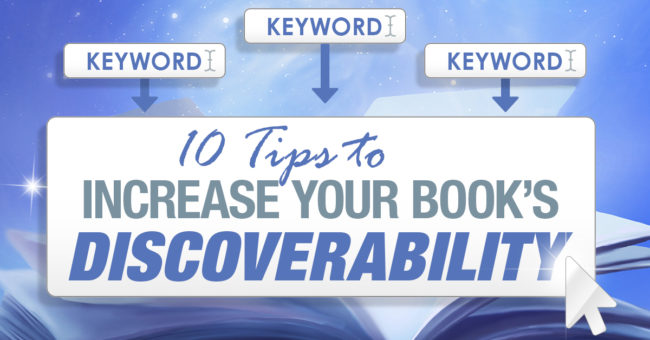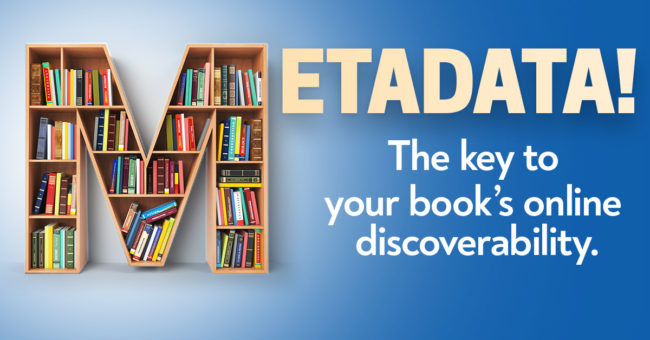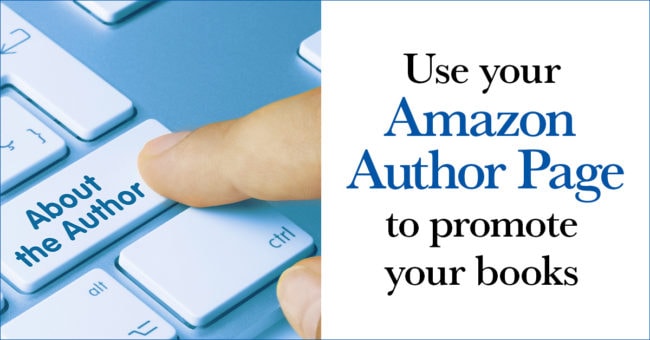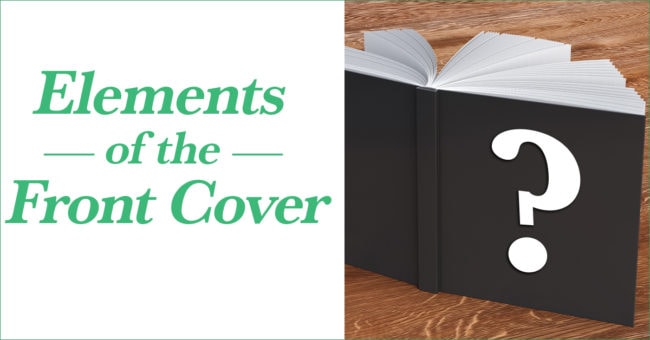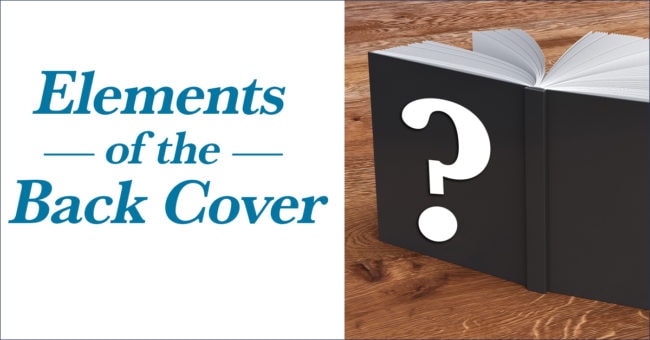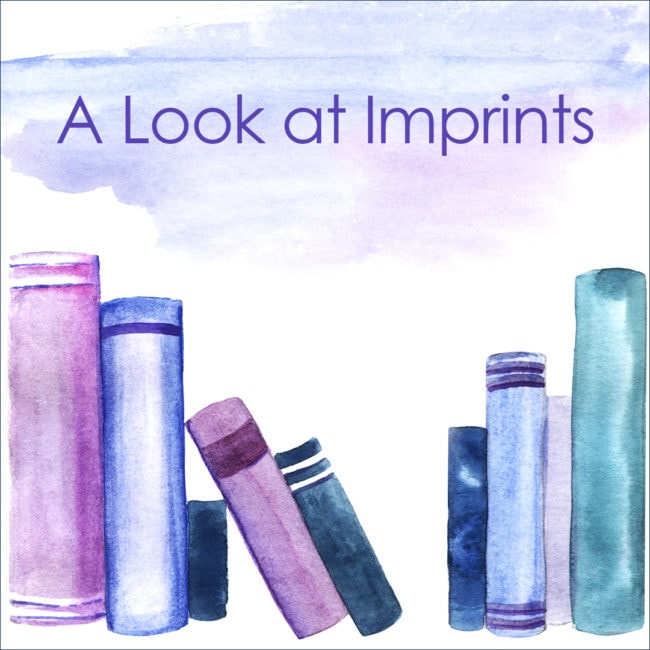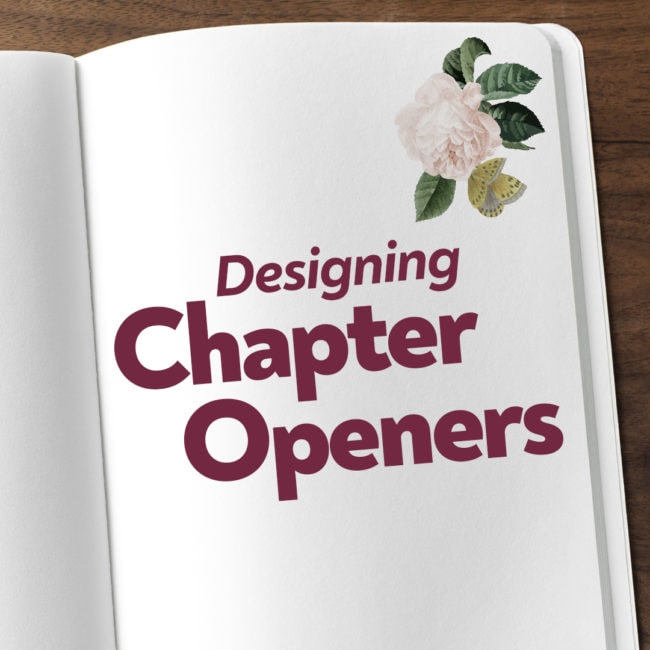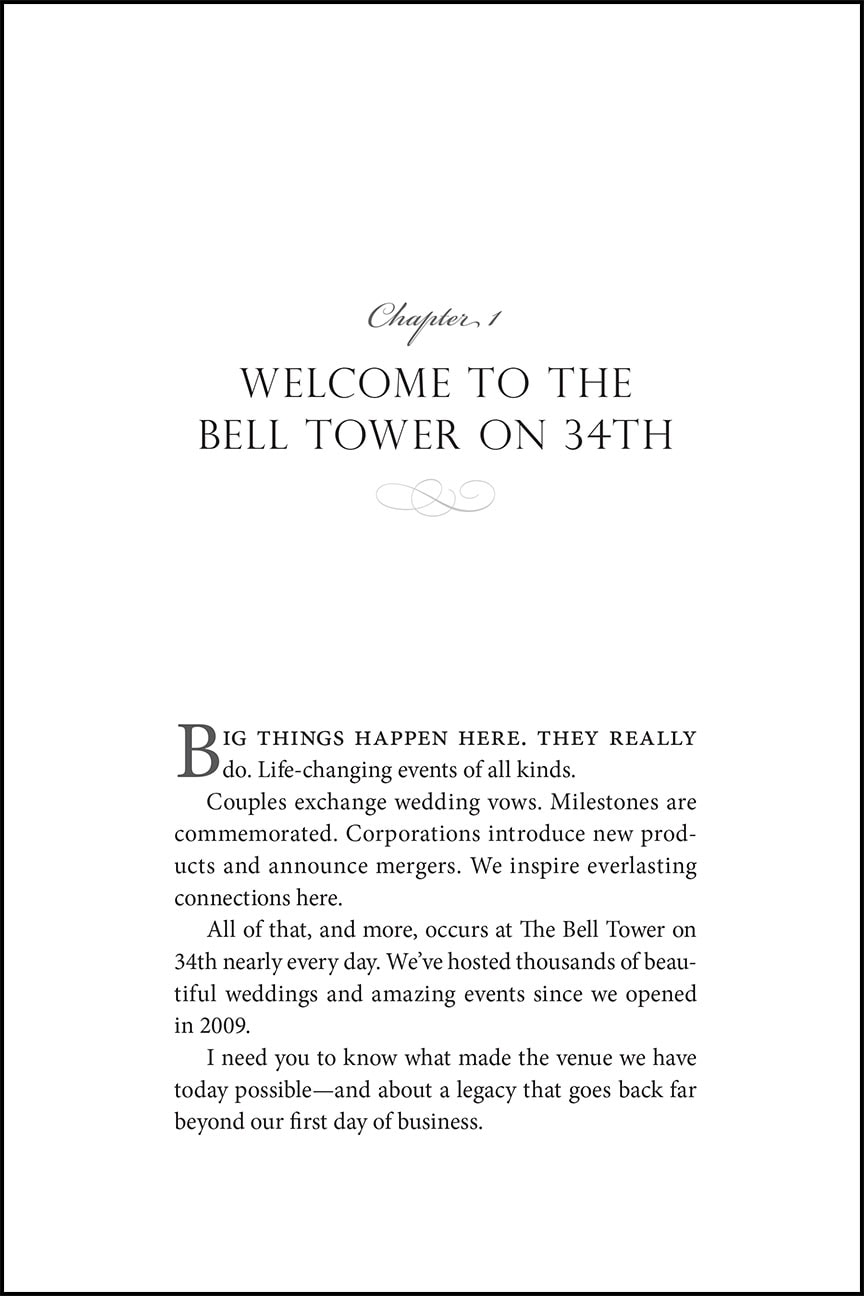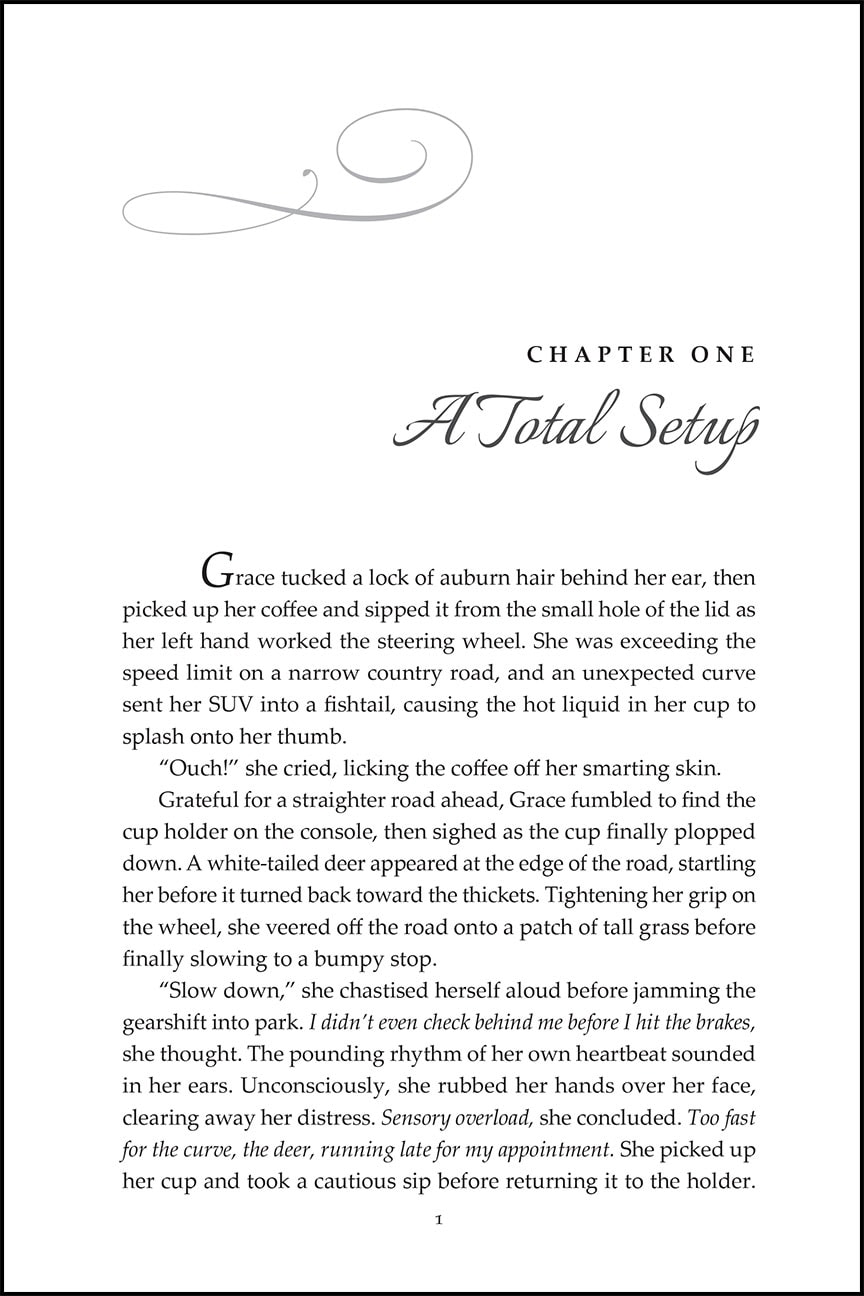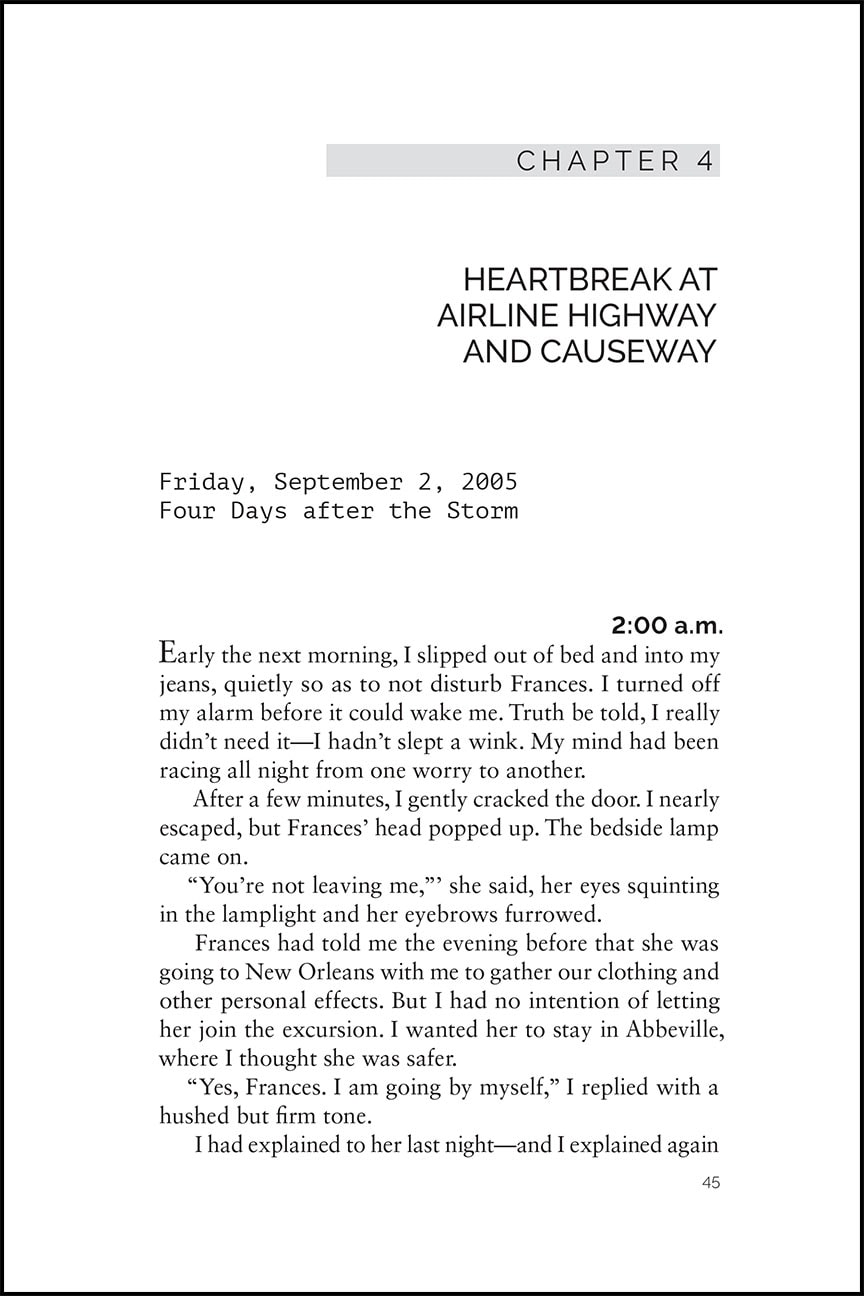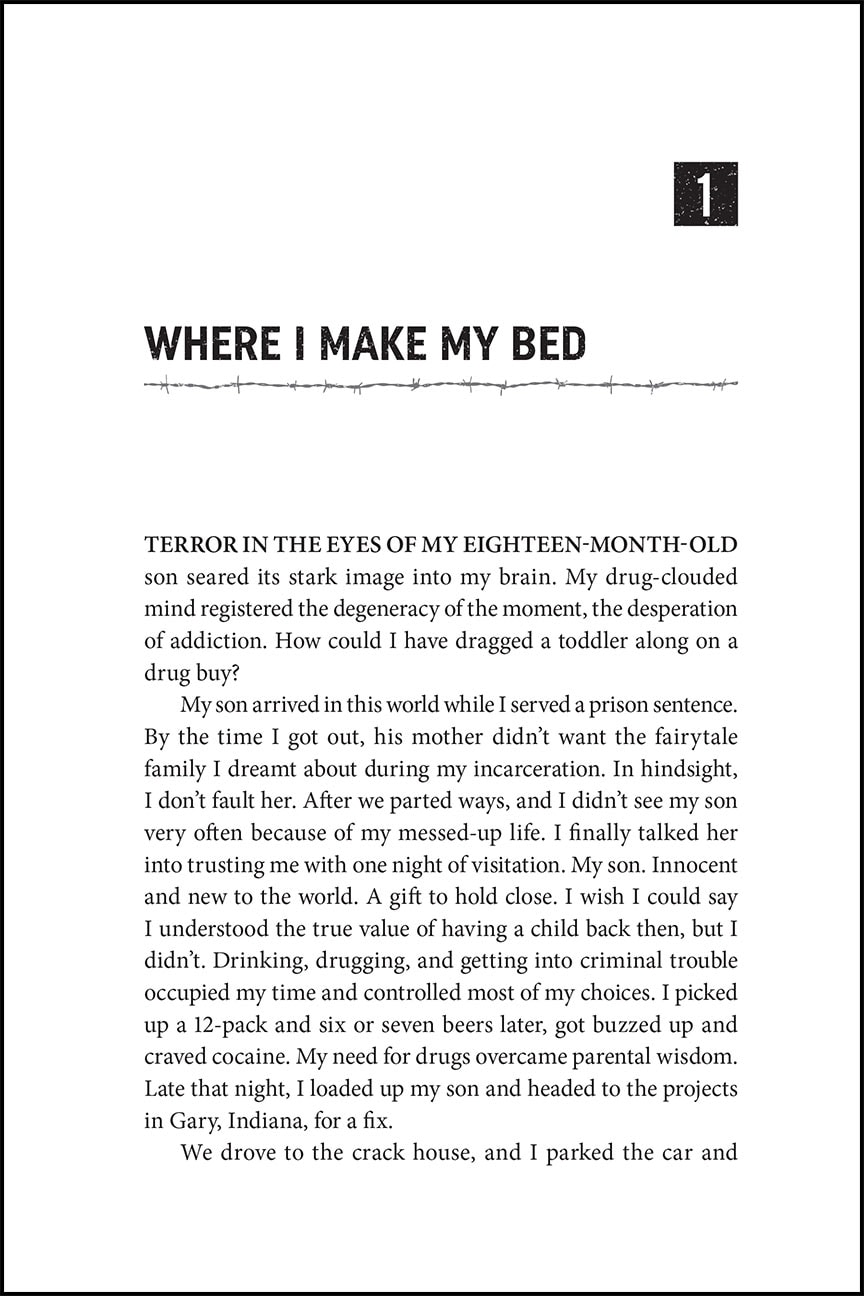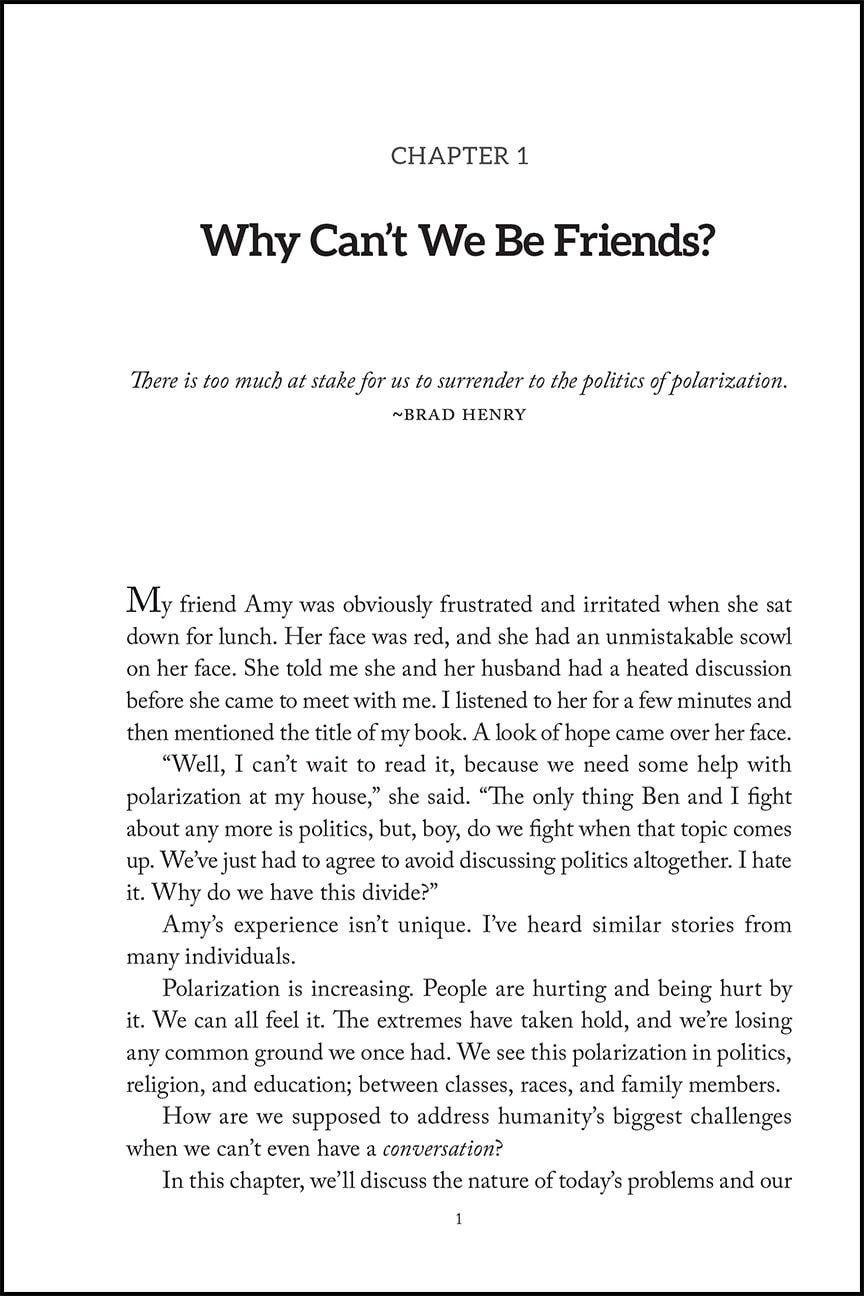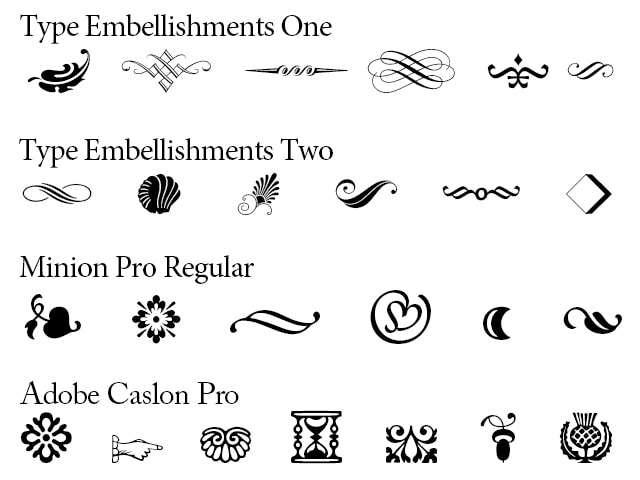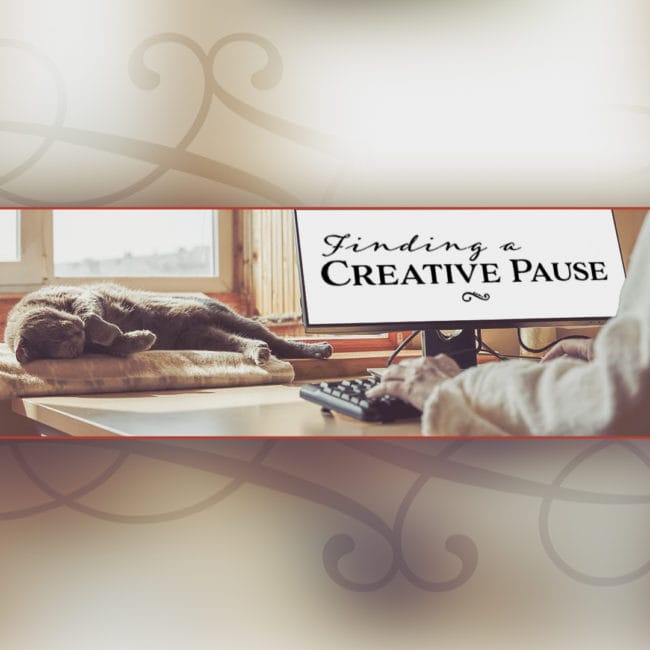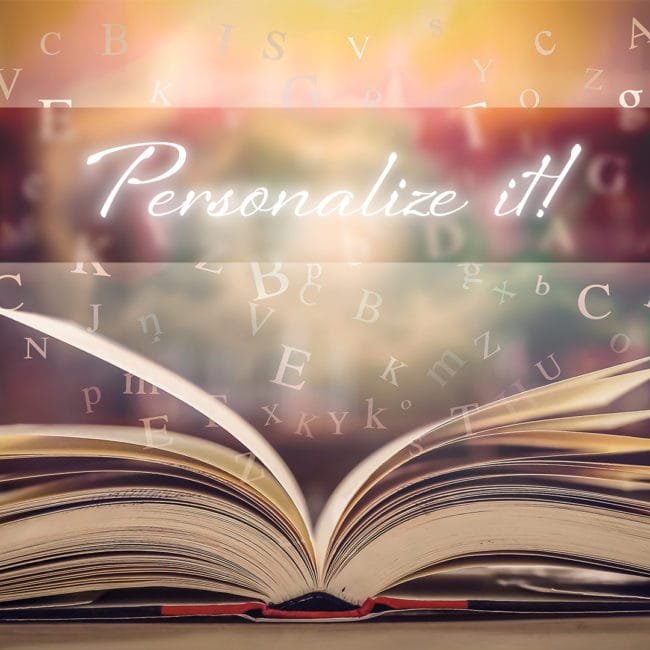Choose effective keywords to help people find your book!
Keywords are one very important component of metadata that will help your book be successfully found by your audience. Use these helpful tips to carefully research and select your keywords.
10 Tips for Selecting Keywords for your Self-Published Book
- You're metadata will be used in many places, so keep a master document on your computer so you have it handy when you need it. This method also makes it easy to add to and keep your metadata current.
- In KDP you can choose up to 7 keywords and phrases, but have a list of 10-20 strategically chosen high quality keywords and phrases on hand.
- Keep them generic words that readers would use when searching.
- Don't repeat words in the title & subtitle - they are already taken into account by search engines.
- Include synonyms and spelling variations.
- Don't include misspellings. Amazon will offer alternate spelling of misspelled words to the searcher.
- Make your keywords specific to your book. They should not include other author names or titles.
- Do use search words and phrases that readers will use together to find your book and enter them in a logical order.
- If your book is about a specific location be sure to include that.
- It's also good to know that keywords work together with your chosen BISAC category and may increase your books' discoverability. So get as specific as possible with your BISAC categories because they are used by many companies throughout the supply chain to categorize books based on topical content. We'll explore more about BISAC Subject Codes in a later newsletter.
Pro Tip: If you run out of ideas for keywords, take a look at your reviews! Your readers may use some great words to describe your book.
- If you don't have any reviews, check out a similar author and see how their readers describe their book.
While it does take some careful research to find great keywords, it is well worth your time and effort to find and compile relevant and specific keywords.
Click here to read more about the metadata required for the success of self-published books.
Want more tips like this? Subscribe to my monthly book design newsletter.
Help for Independent Presses
Book Design & Production
Have you written a nonfiction or fiction manuscript? After it has been professionally edited, I can design the interior pages and cover, plus guide you through the maze of book publishing and printing. To get started, contact me to discuss your project and my helpful guide for authors.
